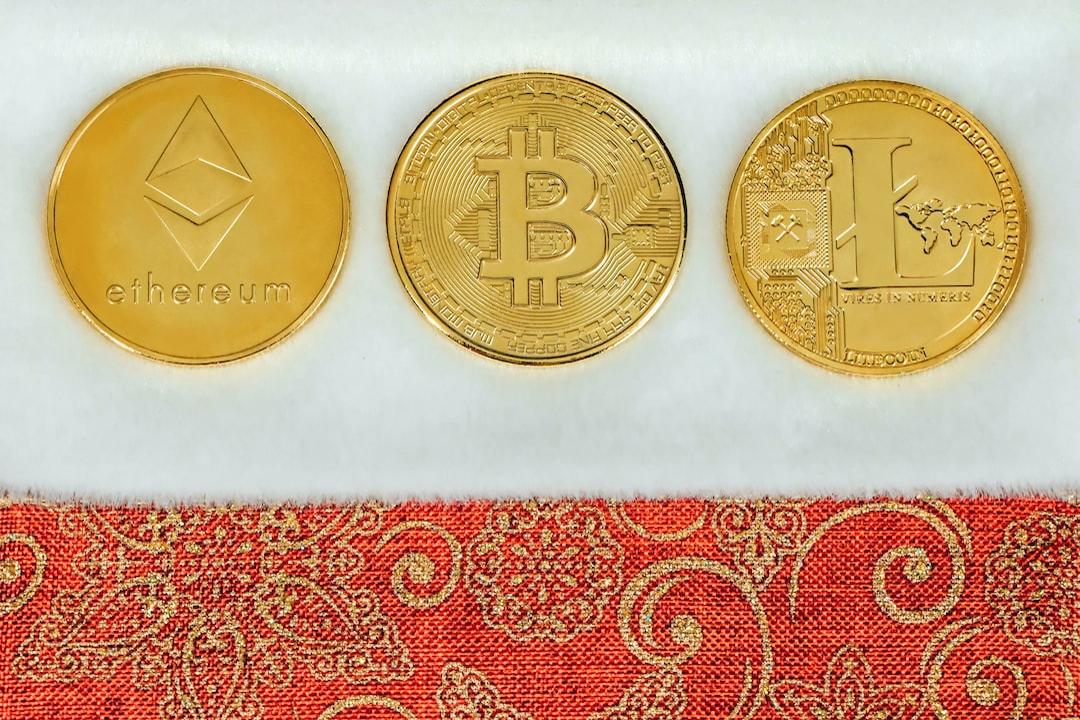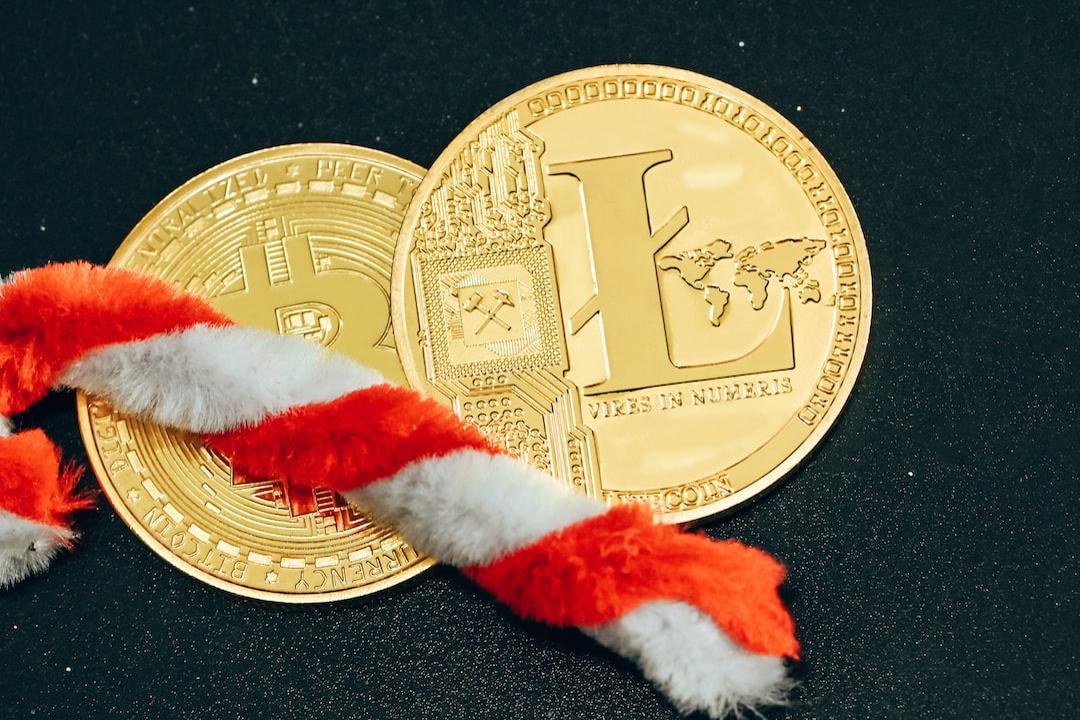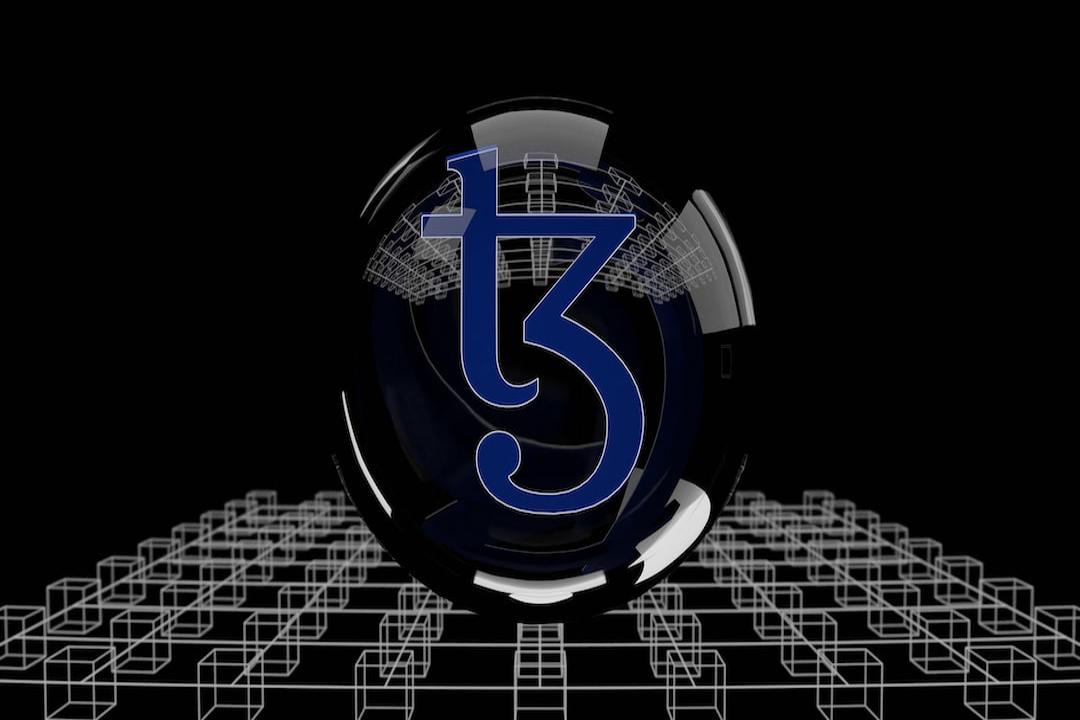Notcoin: Igniting the Chain Game Ecosystem
Notcoin is making waves in the market.
With a $2 billion increase in market value in just one week, its trading volume is only surpassed by stablecoins Bitcoin and Ethereum. From initially raising doubts after its launch on Binance, to impressing everyone with its skyrocketing success, no one can deny that Notcoin is a money-making machine.
As a result, everyone is now jumping on the FOMO TON (Tap to Earn) bandwagon, recognizing the potential of Notcoin’s “Tap to Earn” model. No one expected that a simple click-to-play game could become such a hit, so everyone is searching for the next easy click-to-play game.
Investing in NOT at this point may not be the most profitable choice, as there are other promising stocks with similar models that have yet to be listed. These stocks are definitely worth keeping an eye on.
Tap to Earn: The Latest Trend
The previous “play to earn” model in the last cycle of chain games proved to be misleading. The contradiction between playing for fun and playing to earn created games that lacked substance, with an excessive focus on gameplay. Most chain games in the previous cycle were hesitant, focusing more on the assets that could be generated through NFTs and pre-sales.
On the other hand, games like Notcoin, based on Telegram, clearly and explicitly state that they are designed for earning money. They are more like a version of the WeChat game “Jump Jump”: a simple click, play, and earn (forward) game.
By downgrading the entertainment factor and increasing the popularity, these light Tap to Earn games are becoming a trend.
In this trend of minimalism, apart from Notcoin, which other click-to-play games are worth paying attention to?
Hamster Kombat: From Crypto Worker to CEO with Just a Click
If we talk about the hottest games in this genre recently, Hamster Kombat definitely stands out.

As a game that essentially involves continuously tapping the screen to increase coins, with the expectation that these coins will be converted into tokens, Hamster Kombat has gained popularity at an unimaginable speed.
Since its launch in Q1 this year, the game’s Twitter followers have skyrocketed to 5.1 million in just three months, while its Telegram group has reached a staggering 25 million followers. The YouTube channel reached 10 million subscribers in just 7 days and now has 14.2 million followers.

If you search for the game’s name on the international version of TikTok, you will find that it is creating a buzz and has excellent viral potential.

This game, featuring hamsters, even incorporates elements related to the crypto industry. At the beginning, you start as an ordinary hamster and can choose your favorite CEX brand. The system then provides you with a certain amount of coins to collect by tapping the screen. While accumulating coins, you can upgrade and improve your own exchange, eventually becoming the CEO of the exchange.
Interestingly, besides continuously tapping the screen to collect coins, you can also use these coins to “build your exchange,” aiming to increase the coin production rate. The options for building the exchange correspond to the aspects that a real-world CEX needs to focus on, such as marketing, PR, legal, and listing trading pairs.

For example, you can invest 50 coins to enhance your exchange’s KYC capability or use 100 coins to list a popular asset. Although these are virtual simulation options, they indirectly provide insights into the aspects and daily work involved in running a cryptocurrency exchange.
For outsiders, this is a good way to combine education and entertainment. Plus, you can earn coins without using much brainpower. It’s a win-win situation.
In the end, your hamster will gradually level up, increasing the efficiency of coin production, and your simulated CEX will become more successful. Ultimately, you can fulfill your virtual CEO addiction.
Moreover, the game is based on Telegram, allowing you to play and earn rewards in your spare time.
However, just tapping the screen is not enough to earn more coins. You also need to complete daily login and promotion tasks to quickly accumulate more coins. The game’s orientation encourages daily activity and inviting more friends to join.
If you’re interested in this game, you can try it out by clicking here.

In the era where spreading and gaining attention is more important than entertainment value, Hamster Kombat, with its impressive marketing data, certainly has great potential.
Catizen: Open a Cat Cafe and Enjoy Cat Entertainment
Another popular game in the same genre is Catizen, although it has been around for some time.
According to official sources, the game has generated over $13 million in on-chain transactions, with over 12 million players and more than 730,000 on-chain users participating in transactions totaling over 2.2 million.
The game revolves around running a cat cafe and earning money by attracting customers to enjoy cat entertainment.
Catizen’s gameplay is also simple: through a Telegram bot, you tap the screen to merge two low-level cats into a higher-level cat. Higher-level cats attract more customers and generate more income. With more income, you can buy more cats, creating a cycle of increasing coins and improving rankings, ultimately earning airdrops and more profits.

It’s worth noting that although the game is free to play, you will quickly realize that the coin production is not enough to buy more cats. You will need to accelerate coin generation by purchasing in-game currency, Fishcoin (exchangeable for TON), or directly buy food to feed the cats and speed up coin production.
Considering that the game has been available for some time, the PVP aspect is already competitive, and investing more TON may not be cost-effective for regular players. Participating in free play might be a better choice.
If you’re interested in this game, you can participate by clicking here.
MomoAI: Plant a Tree, the Best Time is Now
In addition to the above two popular games, there is another similar game that is not as intense.
Momo AI is a click-to-play game that generates continuous coin circulation, but with a twist – the theme is planting trees.
Through a Telegram bot, you plant a tree and collect points called Kiwi. As the tree’s level increases, the efficiency of generating Kiwi points also increases. Eventually, you can use Kiwi points to exchange for the native token, $MTOS, of the MomoAI project.

Since the level of the tree determines the speed of Kiwi point generation, obtaining resources called Points to upgrade the tree becomes a crucial lever for splitting and viral spread:
Points can be obtained mainly through the game’s “lucky draw.” To increase the number of draws and chances of winning, you need to complete tasks such as following, recommending, and sharing, which easily lead to user engagement and division.
We have previously detailed the gameplay and coin earning mechanisms of this game in our article “Decoding MOMO AI: AI-driven Gaming and Social Growth Platform Based on Ton and Solana Ecosystems.” For more detailed steps, please refer to that article.
Currently, the game has surpassed 500,000 users and is rapidly climbing the active dapp rankings. If you’re interested, you can enter the invitation code 0HMXQ2 and play here.
Not Just Mindless Entertainment, but Entertainment Downgraded
It is certain that there are more click-to-play games than just the three mentioned above, and as the TON ecosystem develops, more new projects will emerge.
But why do these simple games attract users quickly and excel in spreading through word of mouth?
The previous generation of AAA chain games may seem more fun, but for most users outside the crypto world and even within the crypto community, the complexity of these games may be their downfall – they require too much brainpower.
When entertainment has thresholds and requirements, it becomes a luxury for a few. Each year, top-tier single-player games, classic literature that requires reading comprehension, and deep classical music all prove this point.
In contrast, more mainstream users prefer “mindless” entertainment.
Please note that this is not meant as a derogatory statement, but rather a reflection of the different needs and current lifestyles of different groups of people.
When simplicity is the key and entertainment is brainless, it satisfies the fundamental needs of the masses.
Looking at these “click-to-play” games, they clearly understand this and have leveraged three key elements that are conducive to attracting users and creating viral effects:
1. Simple clicking:
Playing = clicking. No need to use your brain. It may be repetitive, but it’s straightforward and stress-relieving.
2. Inviting friends:
Inviting friends brings a huge number of coins. Just share a link, and the act of clicking becomes insignificant compared to the coins earned. Everyone is willing to share links, and the game quickly spreads through word of mouth.
3. Short video marketing:
This is the biggest difference between this generation of light chain games and previous projects. Short video platforms have become powerful marketing tools. Combined with the easy-to-understand nature of the games and the anticipation of earning money, it’s easy to create a buzz.

If you search for Hamster and Catizen on TikTok and Instagram, you will find a wealth of user-generated content. Combined with the easy accessibility of Telegram for international users, it’s natural that these games have gained massive popularity overseas.
In the end, we witness the phenomenon of maximum satisfaction through minimal effort:
Low entry barriers, excellent viral effects, and amplified freeloading mentality.
Isn’t this exactly what chain games were aiming for?
To be honest, you’re not really playing; you’re quickly swiping, from playing to swiping, from watching to clicking – entertainment downgraded. The goals are clearer, and the time cost is lower.
From bottom to top, the escape pod of chain games
Previously, chain games followed a top-down approach. “I have a top-tier studio, experienced staff, and I want to create a AAA game. I am strong.” But then, they realized they had no users.
Now, chain games are taking a bottom-up approach. “I made a web game that even AI can create, but it’s simple and spreads quickly.” As a result, they have gained a large user base.
This represents a difference in mindset.
A product doesn’t always have to become more advanced; sometimes, downgrading entertainment is the escape pod for chain games.
As mentioned in “Amusing Ourselves to Death,” when all content is converted into entertainment, serious issues are marginalized, and public critical thinking abilities decline, leading to widespread trivialization.
Too high-level entertainment may not work in the crypto world.
We can’t say whether this is right or wrong, especially since the crypto industry doesn’t focus on right or wrong – it’s all about effectiveness.
From bottom to top, downgrading entertainment is the excellent lesson that Notcoin and similar projects have brought to industry practitioners.
This article was originally published on Deepchain.

